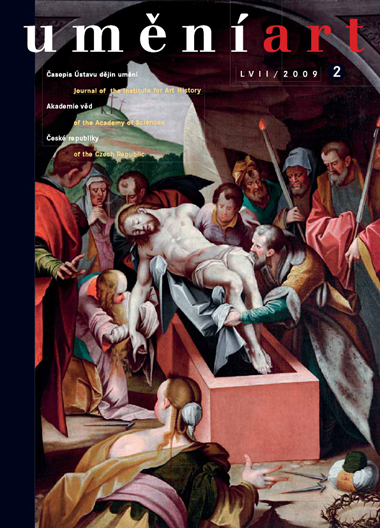Jakub Hauser
"Jsme Skythové - jsme Asiaté my..." Eurasijství a umění meziválečné emigrace ze Sovětského svazu. Sergej Mako a skupina Skify
Eurasianism was a strong intellectual movement among the interwar community of émigrés from the Soviet Union in the interwar period and it was reflected in a number of fields in the arts and sciences, including history, linguistics, literature and the fine arts. Transplanting this theory into the fine arts signified a departure from the Western artistic tradition and an attempt to create a new visual code that could express the idea of the wild and anti-European roots of Russian culture. In the large émigré community in Prague this concept was reflected most powerfully in the work of a group called the Scythians (Skify), which was founded at the end of the 1920s by the painter and professor of Ukrainian fine arts studies in Prague, Sergei Mako. The group's programme was formulated by its chair, the art historian Jaromír Pečírka, and the writer and journalist František Kubka, both of whom were linked to the editorial office of the German-language daily Prager Presse. The group had three exhibitions between 1931 and 1933 at Denis's French Institute in Prague and its membership base comprised Nikolai Rodion and Alexandr Orlov, both of whom were students of Mako, and the painter Grigori Musatov, the sculptors Evgeni Brzezinski and Alexandr Golovin, and the Paris-based painters Boris Grigoriev and Mykola Hlushchenko. Czech artists exhibited alongside the Scythians, for instance, B. S. Urban, long-time chair of the Association of Artists in Prague, whose member exhibitions also regularly presented work by Russian and Ukrainian artists in exile. Today the main source of information about works by émigrés from the Soviet Union is the collection that belonged to the poet and collector Jiří Karásek of Lvovice, which is housed in the Museum of Czech Literature in Prague. Works by members of the Scythians, with the exception of the work by Grigori Musatov, have to date yet to be fully studied.
Full-text in the Digital Library of the Czech Academy of Sciences:
https://kramerius.lib.cas.cz/uuid/uuid:ce014e76-22b4-fd1a-fe5d-d6e4b2b22e94
< back

